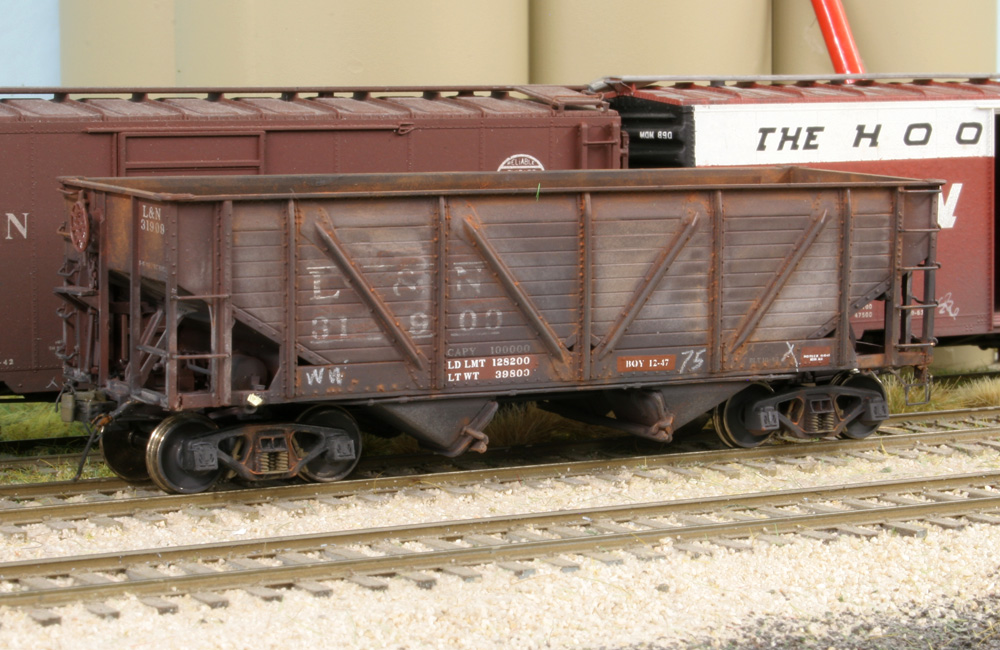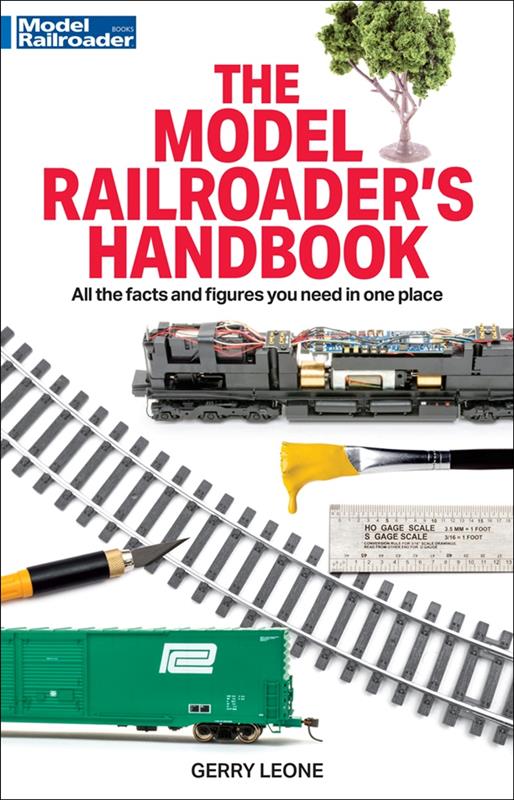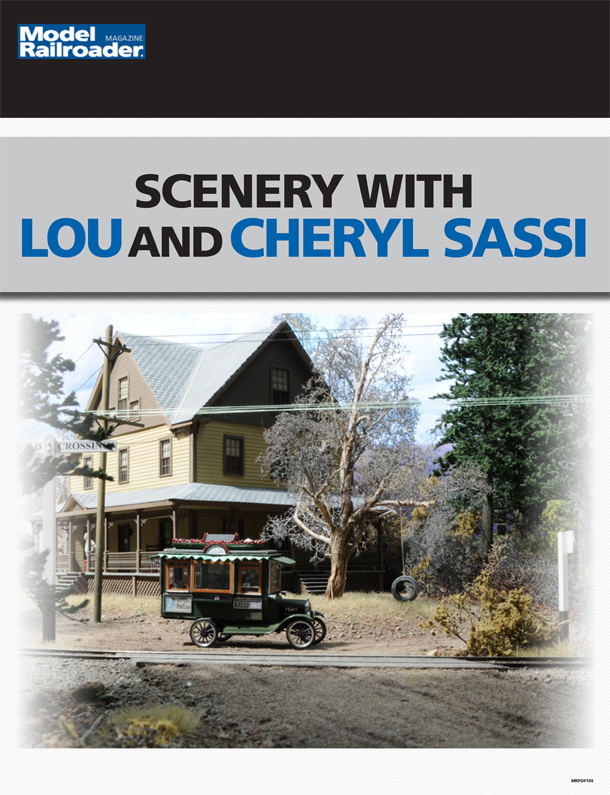
Q: I’m aware that India ink-alcohol stain fogs Dullcote and similar dulling lacquer products. But I’ve not been able to find anything on the internet that discusses what happens if you spray Dullcote onto something that has previously had an alcohol wash applied, but the alcohol has completely evaporated and is dry. I assume there is no effect, and I’ve read that the clouding effect can usually be corrected by spraying on additional Dullcote, but I don’t want to risk screwing up my model. What can you tell me? — Thomas Hiser, San Diego, Calif.
A: Isopropyl alcohol stain fogs Dullcote because of a chemical reaction between the alcohol and the microscopically rough surface of the lacquer. But isopropyl alcohol evaporates completely when it dries, leaving no residue. That’s one reason we like to use it for cleaning track and locomotive wheels, as well as using it as a base for weathering washes and stains. As long as your alcohol-based wash is completely dry, there is no alcohol remaining on your model to be reactivated by the Dullcote. So spray away.
But there are some situations where the fact that alcohol stain fogs Dullcote can be a good thing. Brushing or misting on 70% isopropyl alcohol (or an alcohol-based stain) over a model that’s been sprayed with Dullcote is a good way to simulate such weathering effects as sun bleaching and chalking paint. This “bloom” effect looks particularly good on wood siding, since wood naturally turns gray as it ages. It’s also effective on cement hoppers, whose powdery lading can run down the sides, leaving whitish streaks.
MR contributor Mont Switzer demonstrated this technique in his article “Detail and weather war emergency hoppers” in our November 2021 issue. Take a look at his results, then give it a try. As you pointed out, if it doesn’t come out looking right to you, another spray of Dullcote will fix things right up.
Send us your questions
Have a question about modeling, operation, or prototype railroads? Send it to us at AskTrains@Trains.com. Be sure to put “Ask MR” in the subject.













